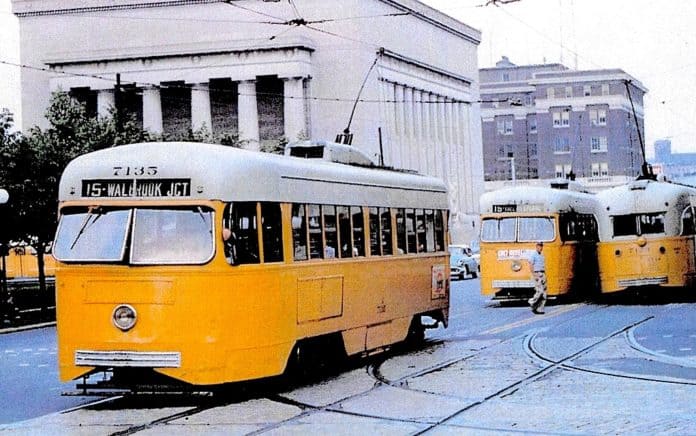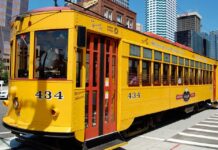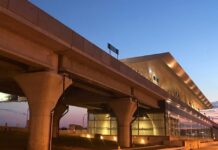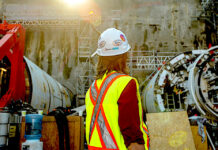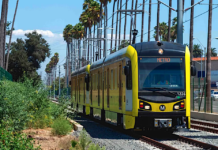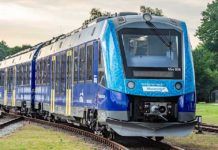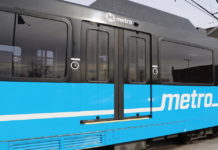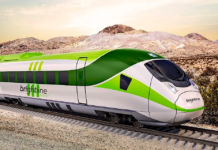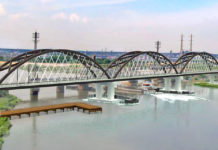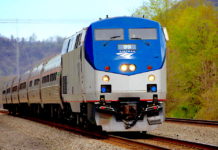Who killed Baltimore’s streetcar system?
There’s news that Baltimore’s public transit system is likely to be trimmed as a cost-cutting measure now that so few people have been riding it during the pandemic. This round of cuts brings up another time and another set of urban planning priorities. Baltimore was once girdled by streetcar lines. In 1960 there were still 101 individual streetcars operating on 56 miles of trackage. It was a system that worked pretty well. But those who drove to work in their own cars felt that individual streetcars, which often carried more than 100 persons, needed to disappear. [baltimoresun.com]
The Queen’s royal train is unlike any other travel experience
Finding Freedom, the new biography of the Duke and Duchess of Sussex, provides an inside look at Her Majesty’s personal train. The book details Meghan, Duchess of Sussex’s first official engagement with the Queen including their overnight trip aboard the royal train. The train includes private bedrooms, a sitting room, a dining table for six, and an office for the Queen. And, while its secondary air suspension technology assures a smooth journey, the train slows at 7:30 a.m. to ensure water drawn for the Queen’s morning bath stays in the tub. [yahoo.com]
What the world can learn from life under Tokyo’s rail tracks
The spaces beneath elevated railways generally get a bad rap. At least that’s the case in the U.S. and mainland Europe, where they are often considered dark, dangerous and noisy. In Tokyo, however, the undertracks’ reputation is rather different. These spaces are more than just storage and parking. They are agglomerations of cozy restaurants and shops that are intimately tied to the identity of certain commercial districts. [bloomberg.com]
Why did the USSR build subway stations inside residential buildings?
Apartment buildings with their own Metro stations can be found across Moscow. Most appeared between the end of the 1930s and the 1950s. It was a boom period for construction in the new Soviet capital, with a focus on monumental “Stalinist Empire-style” structures. Pioneering architects came up with many unorthodox solutions in their designs, often with a key goal of packing as many things together as possible. One way of doing this was to incorporate the entrance halls of Metro stations into residential buildings. [rbth.com]

